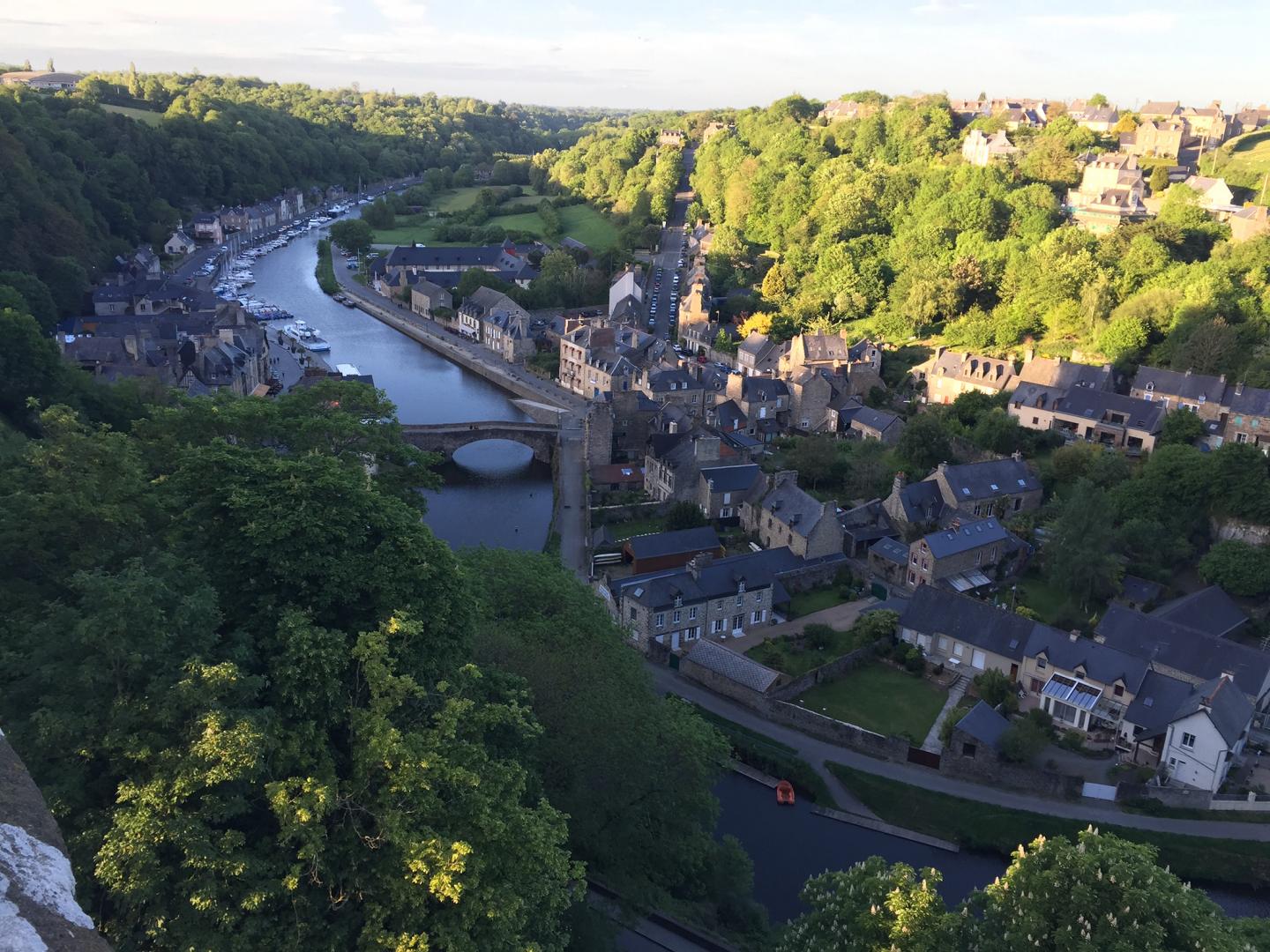
Credit: Photo by Ben Abbott
EAST LANSING, Mich. – Pictures of the earth’s water cycle used in education and research throughout the world are in urgent need of updating to show the effects of human interference, according to new analysis by an international team of hydrology experts.
Leaving humans out of the picture, the researchers argue, contributes to a basic lack of awareness of how humans relate to water on Earth – and a false sense of security about future availability of this essential and scarce resource.
The team has drawn up a new set of diagrams to promote better understanding of how our water cycle works in the 21st century. These new diagrams show human interference in nearly all parts of the cycle.
The study, published in Nature Geoscience, was carried out by a large team of experts from Michigan State University and Brigham Young University in the U.S. and the University of Birmingham (United Kingdom), along with partners in the U.S., France, Canada, Switzerland and Sweden.
It showed that, in a sample of more than 450 water cycle diagrams from around the world in textbooks, scientific literature and online, 85% showed no human interaction at all with the water cycle, and only 2% of the images made any attempt to connect the cycle with climate change or water pollution.
In addition, nearly all the examples studied depicted verdant landscapes, with mild climates and abundant freshwater – usually with only a single river basin.
“In reality, people experience many river basins in their lives, and much of the world’s population never sees verdant landscapes nor abundant freshwater,” says Jay Zarnetske, MSU earth and environmental scientist and co-author of the study.
The researchers argue there is an urgent need to challenge this misrepresentation and promote a more accurate and sophisticated understanding of the cycle and how it works in the 21st century. This is crucial if society is to be able to achieve global solutions to the world’s many water crises.
“The water cycle diagram is iconic to science, hence why it is included in children’s science literature across the world. It can be used to teach both the simplest and most complex aspects of how local and planetary earth processes occur, if the diagram is accurate. Unfortunately, we documented that most diagrams are wildly inaccurate and are not relatable to people.”
“Basically, humans and their activities, such as consumption of water, changing land uses, and climate change, have been left out of our water cycling thinking and teaching, and this likely hurts society’s ability to acknowledge and address the looming global water crisis,” Zarnetske said.
Hence, the new diagrams drawn up by the team show a more complex picture that includes elements such as meltwater from glaciers, flood damage caused by land use changes, pollution and sea level rises.
“For the first time, the new water cycle diagram adequately reflects the importance of not just quantities of water but also water quality and pollution as key criteria for assessing water resources,” said Stefan Krause, Head of the Birmingham Water Council.
Every scientific diagram involves compromises and distortions, but what the team found with the water cycle was widespread exclusion of a central concept, said Ben Abbott, Brigham Young University professor and lead author on the paper.
“You can’t understand water in the 21st century without including humans,” he said. “Other scientific disciplines have done a good job depicting how humans now dominate many aspects of the Earth system. It’s hard to find a diagram of the carbon or nitrogen cycle that doesn’t show factories and fertilizers. However, our drawings of the water cycle are stuck in the 17th century.”
Better drawings won’t solve the global water crisis, but they could improve awareness of how local water use and climate change have global consequences, Abbott added.
###
(Note for media: Please include a link to the original paper in online coverage: https:/
Michigan State University has been working to advance the common good in uncommon ways for 160 years. One of the top research universities in the world, MSU focuses its vast resources on creating solutions to some of the world’s most pressing challenges, while providing life-changing opportunities to a diverse and inclusive academic community through more than 200 programs of study in 17 degree-granting colleges.
For MSU news on the Web, go to MSUToday. Follow MSU News on Twitter at twitter.com/MSUnews.
Media Contact
Layne Cameron
[email protected]
Original Source
https:/




